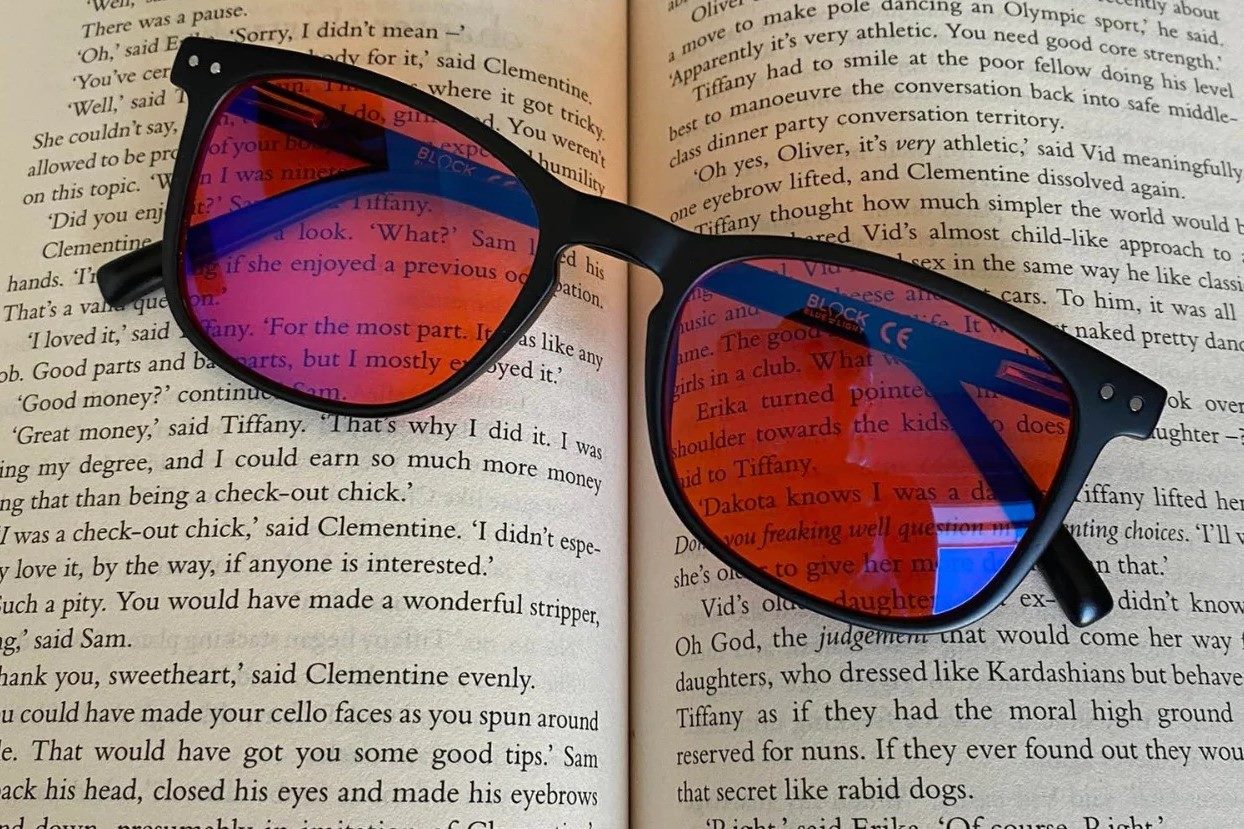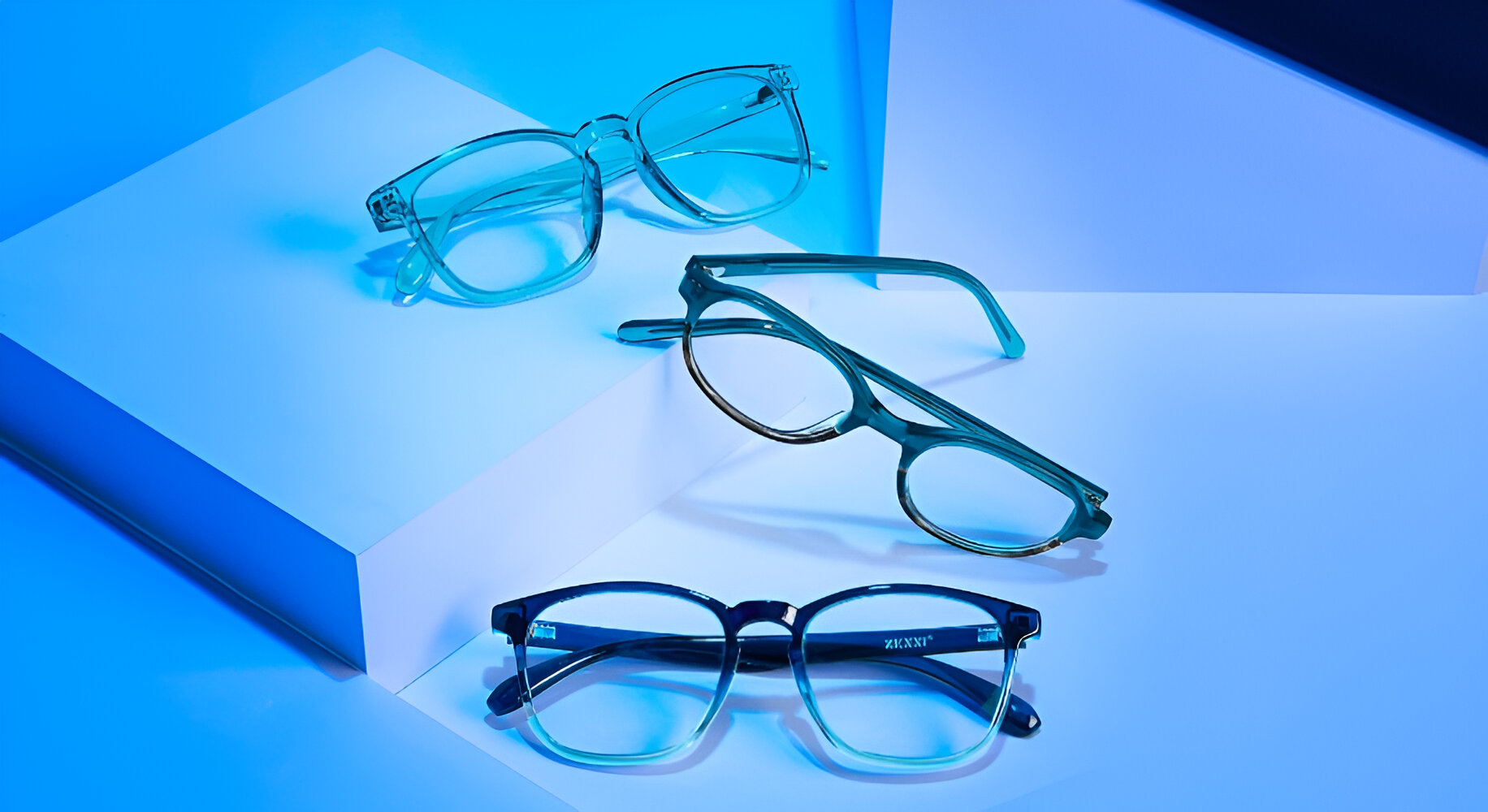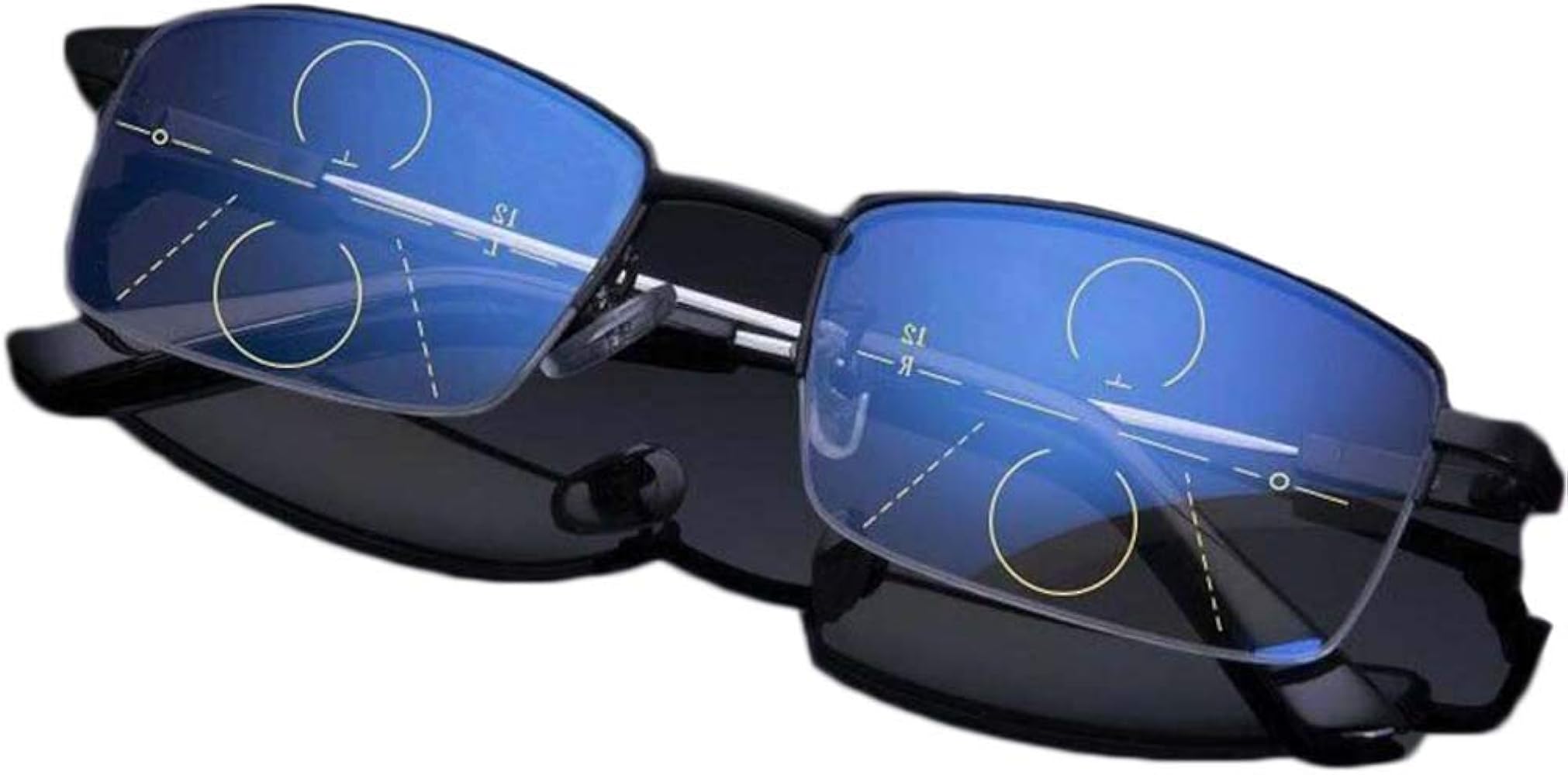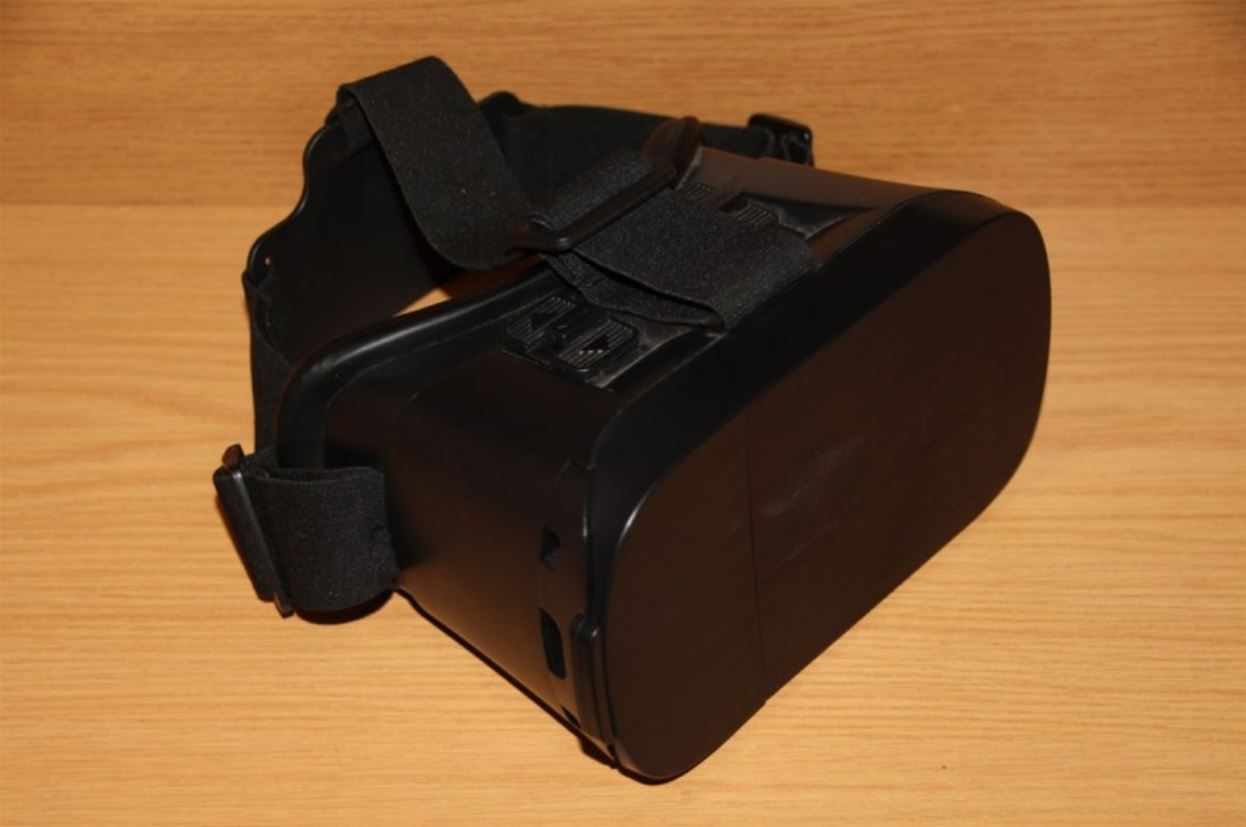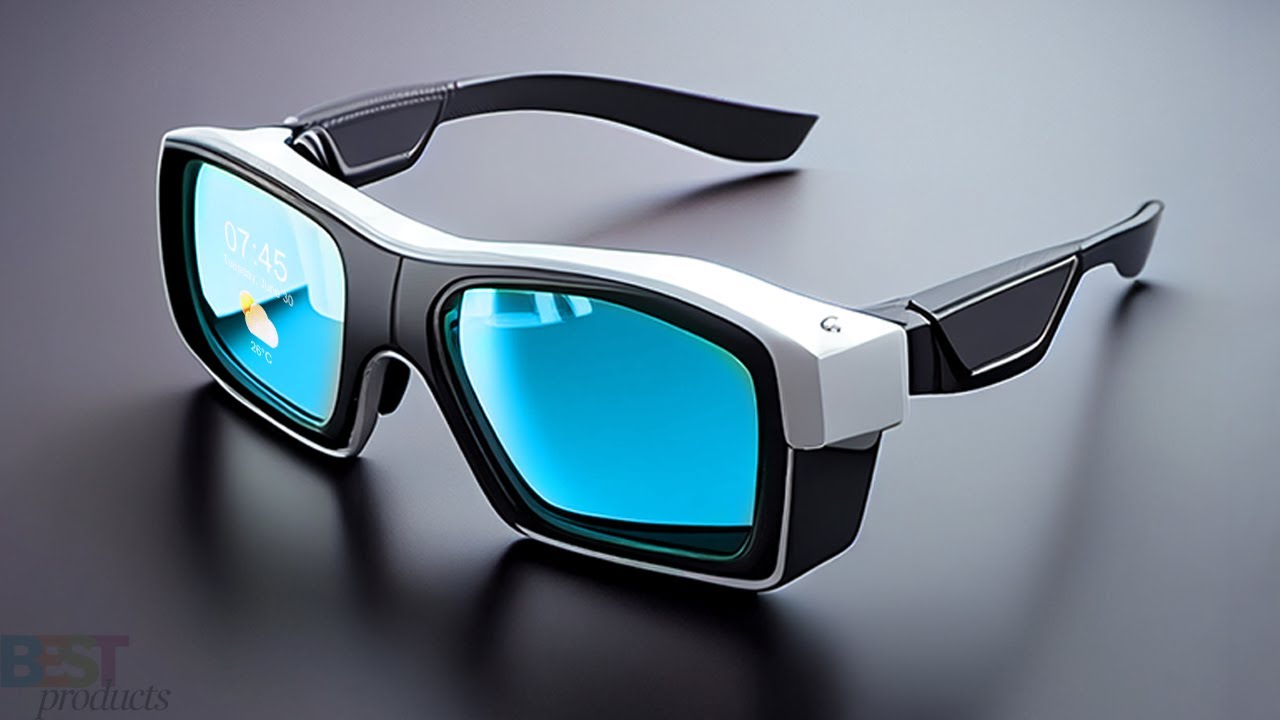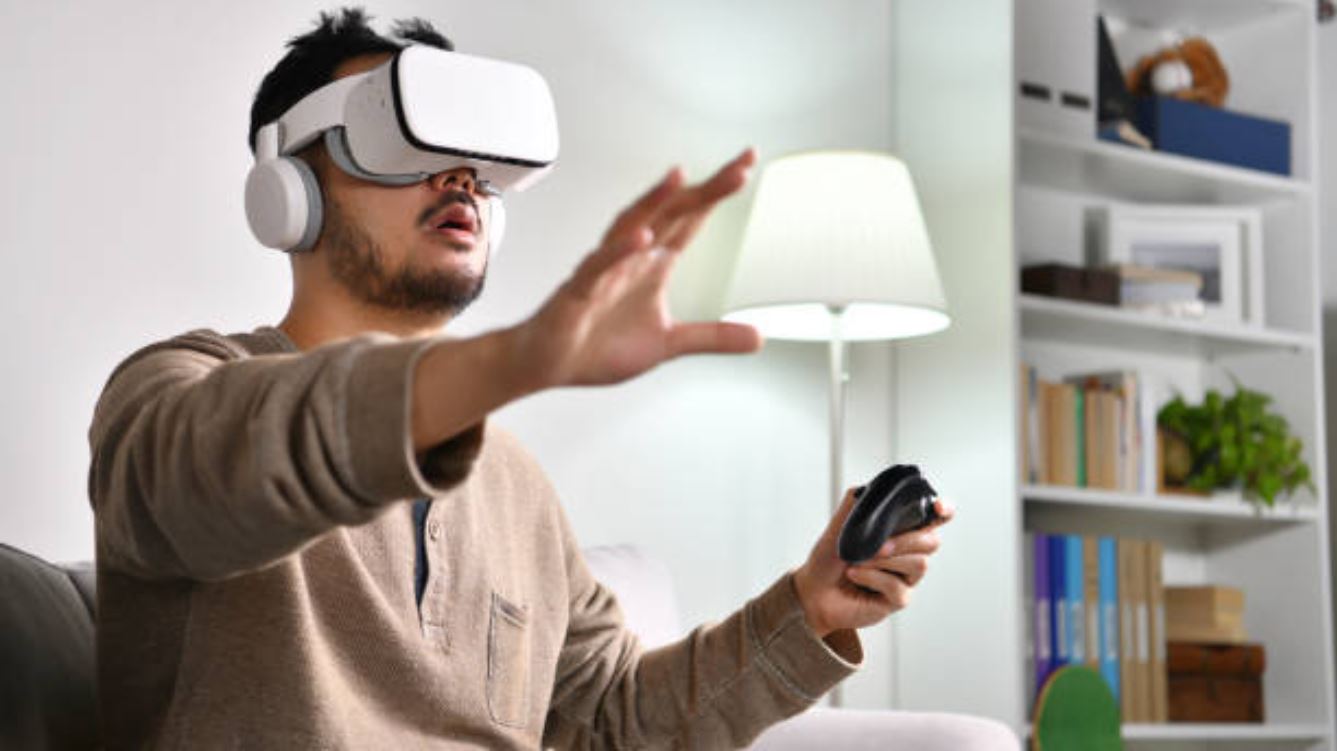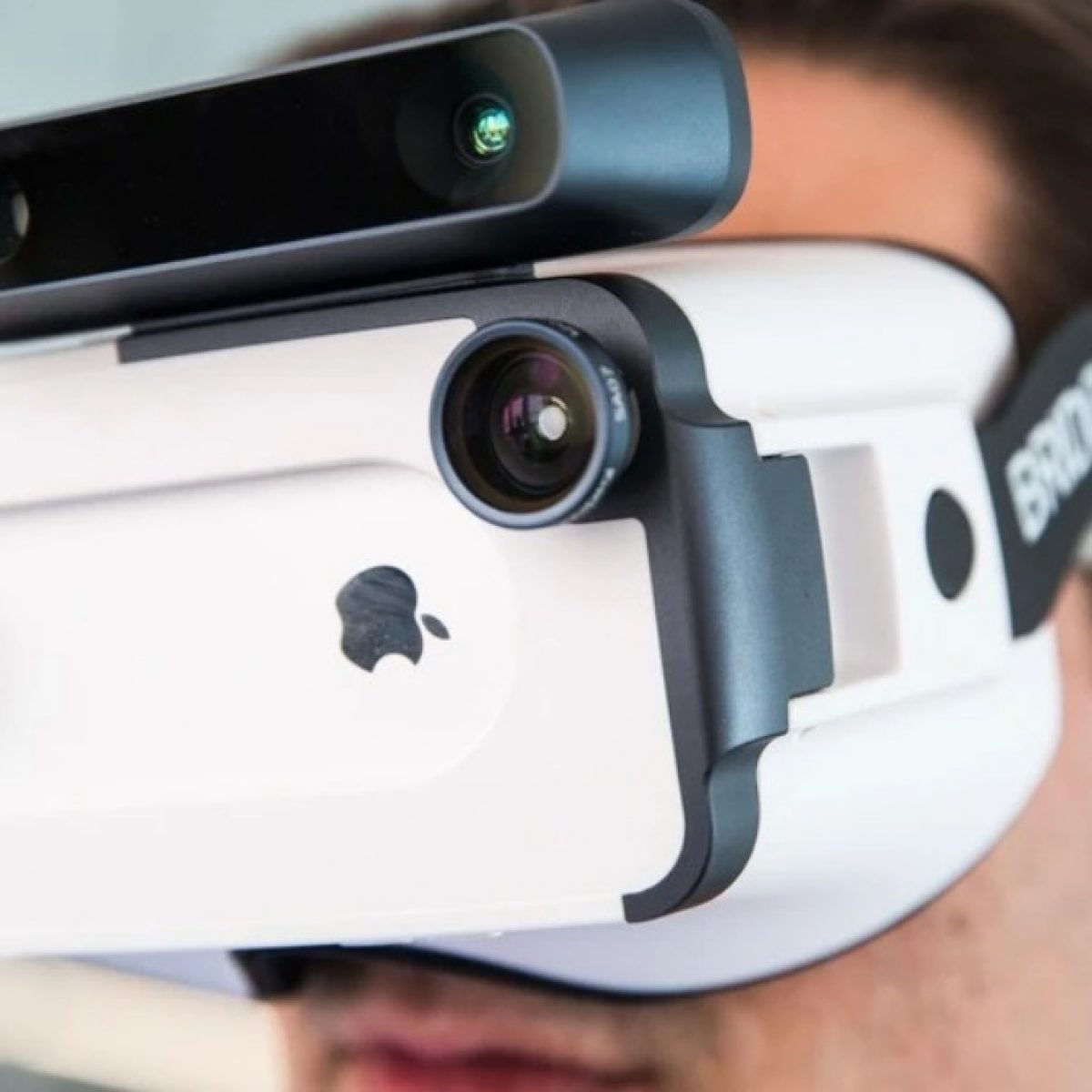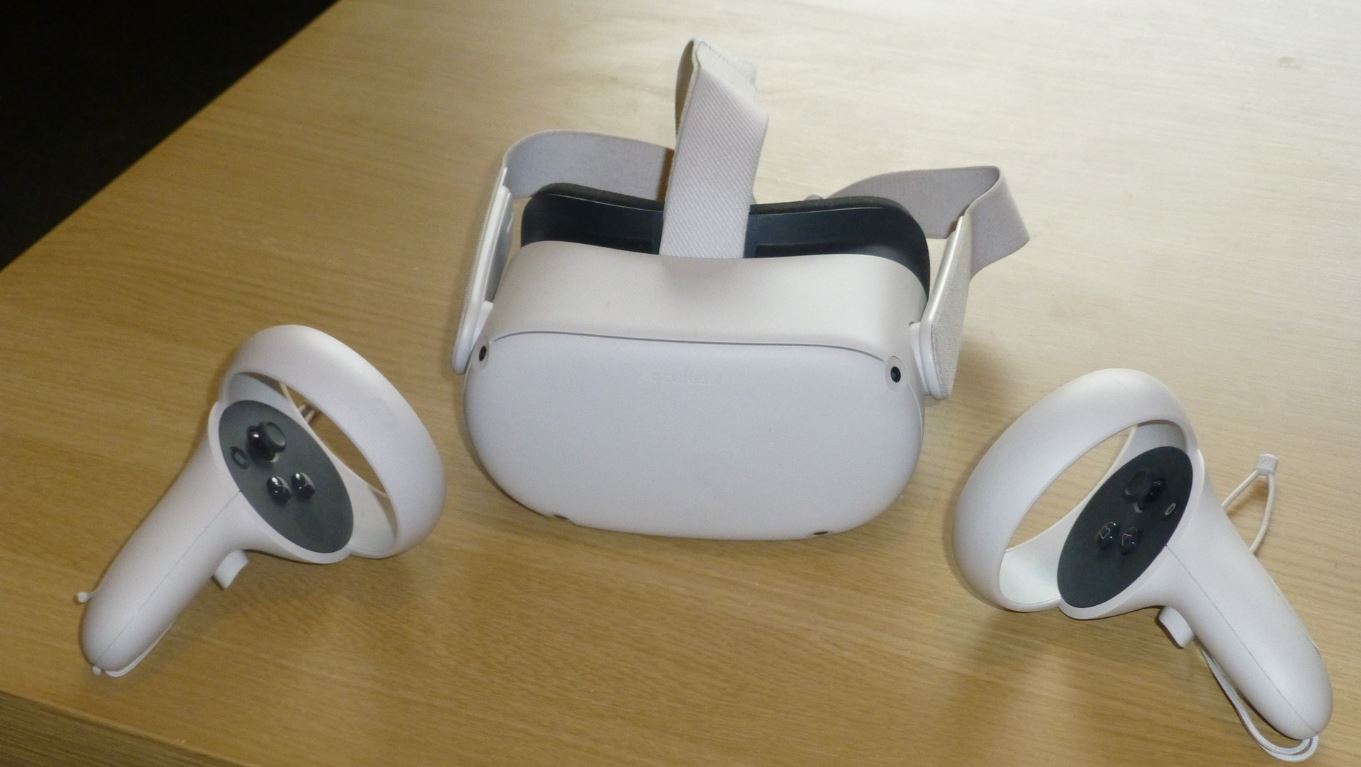Introduction
In today's digital age, we are constantly exposed to screens emitting blue light, whether it's from our smartphones, tablets, computers, or even LED lighting. This prolonged exposure has raised concerns about the potential negative effects on our eyes and overall well-being. As a result, the popularity of anti-blue light glasses has surged, with many individuals seeking protection from the potential harm caused by excessive blue light exposure.
The surge in the use of digital devices has led to an increased awareness of the potential harm caused by blue light. As a result, the market for anti-blue light glasses has grown significantly. These glasses are designed to filter out or block the blue light emitted from screens, with the aim of reducing eye strain and potentially preventing long-term damage.
The use of anti-blue light glasses has sparked debates among experts and consumers alike. While some advocate for their effectiveness in reducing eye strain and improving sleep quality, others are skeptical about their actual benefits. This has led to a growing curiosity and a desire to understand the science behind these glasses and whether they truly offer the protection they claim.
In this article, we will delve into the world of anti-blue light glasses, exploring the meaning behind them, the potential impact of blue light on our eyes, and the effectiveness of these glasses in mitigating the effects of prolonged screen exposure. By gaining a deeper understanding of this topic, readers can make informed decisions about whether anti-blue light glasses are a worthwhile investment for their eye health and overall well-being.
What is Blue Light?
Blue light is a high-energy, short-wavelength light that is part of the visible light spectrum. It is emitted by the sun, as well as digital screens, LED lighting, and fluorescent lights. With its shorter wavelength and higher energy compared to other visible light, blue light has garnered attention due to its potential impact on our eyes and overall health.
In natural settings, exposure to blue light during the daytime can have positive effects, such as boosting attention, reaction times, and mood. However, the widespread use of digital devices has significantly increased our exposure to artificial sources of blue light, leading to concerns about the potential negative effects on our eyes.
The eyes are not very efficient at blocking blue light, allowing it to penetrate deep into the eye. Prolonged exposure to blue light, especially from digital screens, has been linked to digital eye strain, which can cause symptoms such as dry eyes, blurred vision, and headaches. Furthermore, some studies suggest that excessive blue light exposure, particularly in the evening, can disrupt the body's natural sleep-wake cycle by suppressing the production of melatonin, a hormone that regulates sleep.
Understanding the impact of blue light is crucial in today's digital-centric world. While it plays a role in regulating our circadian rhythm and boosting cognitive function during the day, excessive exposure, especially from artificial sources, has raised concerns about its potential long-term effects on eye health and overall well-being. As a result, the development of strategies to mitigate the potential harm of blue light, such as the use of anti-blue light glasses, has become increasingly relevant.
By gaining a deeper understanding of blue light and its effects, individuals can make informed decisions about managing their screen time and protecting their eyes from the potential negative impact of prolonged blue light exposure.
The Effects of Blue Light on the Eyes
Excessive exposure to blue light, particularly from digital screens, has raised concerns about its potential impact on eye health. The eyes are highly sensitive to blue light due to its ability to penetrate deep into the eye. Prolonged exposure to this high-energy light has been associated with a range of effects on the eyes and overall visual comfort.
One of the primary concerns associated with blue light exposure is digital eye strain, also known as computer vision syndrome. This condition encompasses a range of symptoms, including dry eyes, blurred vision, eye fatigue, and headaches, which often result from prolonged use of digital devices. The high-energy blue light emitted from screens can contribute to these symptoms, leading to discomfort and reduced visual acuity.
Furthermore, some studies suggest that excessive blue light exposure, particularly in the evening, can disrupt the body's natural sleep-wake cycle. The suppression of melatonin production, a hormone that regulates sleep, can lead to difficulty falling asleep and disrupted overall sleep quality. This can have far-reaching implications on an individual's well-being, affecting their energy levels, mood, and cognitive function.
In addition to digital eye strain and potential sleep disturbances, there are growing concerns about the long-term impact of blue light on eye health. Research has indicated that prolonged exposure to blue light may contribute to retinal damage, as it can penetrate the retina and potentially cause oxidative stress. While the extent of this risk is still being studied, the potential for blue light to contribute to age-related macular degeneration, a leading cause of vision loss, has sparked interest in understanding its long-term effects on ocular health.
Understanding the effects of blue light on the eyes is essential for individuals who are heavily reliant on digital devices, both personally and professionally. By recognizing the potential impact of prolonged blue light exposure, individuals can take proactive measures to protect their eyes and mitigate the associated risks. This includes considering the use of protective eyewear, such as anti-blue light glasses, and implementing strategies to reduce overall screen time and minimize potential harm.
As the prevalence of digital devices continues to grow, so does the importance of raising awareness about the potential effects of blue light on eye health. By staying informed about these effects, individuals can make informed decisions about managing their screen time and protecting their eyes from the potential negative impact of prolonged blue light exposure.
How Do Anti-Blue Light Glasses Work?
Anti-blue light glasses, also known as blue light blocking glasses, are designed to mitigate the potential negative effects of blue light exposure from digital screens and artificial lighting. These specialized glasses incorporate lenses that are equipped with a coating or filter capable of blocking or absorbing a portion of the blue light spectrum.
The lenses of anti-blue light glasses are crafted using special materials that can selectively filter out specific wavelengths of light, particularly the high-energy, short-wavelength blue light. This filtering process aims to reduce the amount of blue light that reaches the eyes, thereby minimizing the potential impact of prolonged exposure.
The effectiveness of anti-blue light glasses lies in their ability to target the specific wavelengths associated with blue light, while allowing other wavelengths within the visible light spectrum to pass through. By selectively blocking or absorbing blue light, these glasses aim to alleviate digital eye strain and reduce the potential disruption of the body's natural sleep-wake cycle caused by excessive blue light exposure, especially in the evening.
The lenses of anti-blue light glasses can be designed to target different portions of the blue light spectrum, depending on the specific materials and technologies used in their construction. Some lenses are engineered to block a higher percentage of blue light, while others may have a more balanced approach, aiming to maintain color accuracy while still providing protection against excessive blue light exposure.
It is important to note that the effectiveness of anti-blue light glasses can vary based on the quality of the lenses and the specific wavelengths of blue light that they are designed to address. When selecting anti-blue light glasses, individuals should consider the level of protection offered by the lenses and ensure that they are suitable for the types of digital devices and lighting environments to which they are commonly exposed.
By understanding the underlying technology and design of anti-blue light glasses, individuals can make informed decisions about incorporating these specialized eyewear into their daily routine. As the demand for protective measures against blue light exposure continues to grow, the development and refinement of anti-blue light glasses play a crucial role in promoting eye health and visual comfort in an increasingly digital world.
Do Anti-Blue Light Glasses Really Help?
The effectiveness of anti-blue light glasses in mitigating the potential negative effects of prolonged blue light exposure has been a subject of debate and scrutiny. As individuals seek ways to protect their eyes from the increasing prevalence of digital screens and artificial lighting, the question of whether anti-blue light glasses truly offer the promised benefits has garnered significant attention.
Numerous studies and anecdotal evidence have contributed to the ongoing discourse surrounding the efficacy of anti-blue light glasses. Proponents of these specialized glasses cite their ability to reduce digital eye strain, alleviate discomfort, and potentially improve sleep quality by minimizing the disruptive effects of blue light on the body's circadian rhythm. Additionally, some users report experiencing reduced eye fatigue and improved visual comfort when using anti-blue light glasses during prolonged screen exposure.
However, skepticism persists among critics who question the extent of the benefits provided by anti-blue light glasses. Some argue that the actual impact of these glasses may vary based on individual factors such as screen usage habits, overall screen time, and the specific wavelengths of blue light to which individuals are exposed. Furthermore, the variability in the quality and effectiveness of anti-blue light glasses available in the market has led to uncertainty regarding their universal efficacy.
Despite the ongoing debate, it is important to consider the potential benefits of anti-blue light glasses within the broader context of eye health and well-being. While these glasses may not offer a one-size-fits-all solution, they can serve as a valuable tool for individuals who are heavily reliant on digital devices and are seeking ways to reduce the potential impact of blue light exposure on their eyes.
Ultimately, the effectiveness of anti-blue light glasses may depend on various factors, including the quality of the lenses, the specific wavelengths of blue light targeted, and individual differences in susceptibility to digital eye strain and sleep disturbances. As the scientific community continues to explore the effects of blue light and the potential benefits of protective eyewear, individuals are encouraged to consider the insights provided by research and personal experiences when evaluating the relevance of anti-blue light glasses to their own eye health and visual comfort.
Choosing the Right Anti-Blue Light Glasses
When it comes to selecting the right anti-blue light glasses, several key factors should be considered to ensure optimal protection and visual comfort. With a wide range of options available in the market, individuals can make informed decisions by taking into account the following considerations:
-
Quality of Lens Technology: Look for anti-blue light glasses that feature high-quality lens technology specifically designed to effectively filter out or block the harmful blue light spectrum. Advanced lens coatings or filters can provide enhanced protection while maintaining color accuracy and visual clarity.
-
Percentage of Blue Light Blocked: Pay attention to the percentage of blue light blocked by the glasses. Higher quality anti-blue light glasses are engineered to block a significant portion of the blue light spectrum, reducing the potential impact of prolonged exposure on eye health and overall well-being.
-
Comfort and Style: Consider the comfort and style of the glasses, as they should be suitable for extended wear, especially during prolonged screen use. Lightweight frames and ergonomic designs contribute to a comfortable wearing experience, while stylish options cater to individual preferences and fashion sensibilities.
-
Versatility: Opt for anti-blue light glasses that are versatile and suitable for various settings, including different types of digital screens and lighting environments. The glasses should effectively mitigate blue light exposure from devices such as smartphones, tablets, computers, and LED lighting, providing comprehensive protection in diverse scenarios.
-
Durability and Longevity: Assess the durability and longevity of the glasses, as they should withstand daily use and maintain their protective properties over time. High-quality materials and robust construction contribute to the longevity of anti-blue light glasses, ensuring sustained protection for the eyes.
-
Personalized Fit: Seek glasses that offer a personalized fit, taking into account individual facial features and preferences. Adjustable nose pads and temple arms contribute to a customized fit, enhancing comfort and ensuring that the glasses remain securely in place during use.
By considering these factors, individuals can make informed choices when selecting anti-blue light glasses, ensuring that they provide effective protection against the potential negative effects of prolonged blue light exposure. As the demand for protective eyewear continues to grow, the availability of high-quality anti-blue light glasses plays a crucial role in promoting eye health and visual comfort in today's digital-centric world.
Conclusion
In conclusion, the prevalence of digital devices and artificial lighting has significantly increased our exposure to blue light, raising concerns about its potential impact on eye health and overall well-being. The widespread use of screens, particularly during extended periods, has led to a growing awareness of the potential negative effects of blue light, prompting individuals to seek protective measures such as anti-blue light glasses.
The effects of blue light on the eyes, including digital eye strain, potential sleep disturbances, and long-term ocular health concerns, highlight the importance of understanding and addressing the impact of prolonged blue light exposure. As individuals strive to strike a balance between utilizing digital technology and safeguarding their eye health, the role of anti-blue light glasses in mitigating these effects has come into focus.
While the efficacy of anti-blue light glasses remains a subject of debate, their potential benefits in reducing digital eye strain, alleviating discomfort, and potentially improving sleep quality should not be overlooked. The selective filtering of blue light by these specialized glasses presents an opportunity for individuals to proactively protect their eyes from the potential harm of excessive blue light exposure.
Choosing the right anti-blue light glasses involves considering factors such as the quality of lens technology, the percentage of blue light blocked, comfort and style, versatility, durability and longevity, and personalized fit. By carefully evaluating these factors, individuals can make informed decisions about incorporating anti-blue light glasses into their daily routine, ensuring that they provide effective protection against the potential negative effects of prolonged blue light exposure.
As the scientific community continues to explore the effects of blue light and the potential benefits of protective eyewear, individuals are encouraged to consider the insights provided by research and personal experiences when evaluating the relevance of anti-blue light glasses to their own eye health and visual comfort. The ongoing advancements in lens technology and the availability of high-quality anti-blue light glasses present opportunities for individuals to embrace protective measures that promote eye health in an increasingly digital world.
In navigating the complexities of modern technology and its impact on eye health, the understanding of blue light and the potential benefits of anti-blue light glasses empower individuals to make informed choices, ultimately prioritizing their well-being in the digital age.







